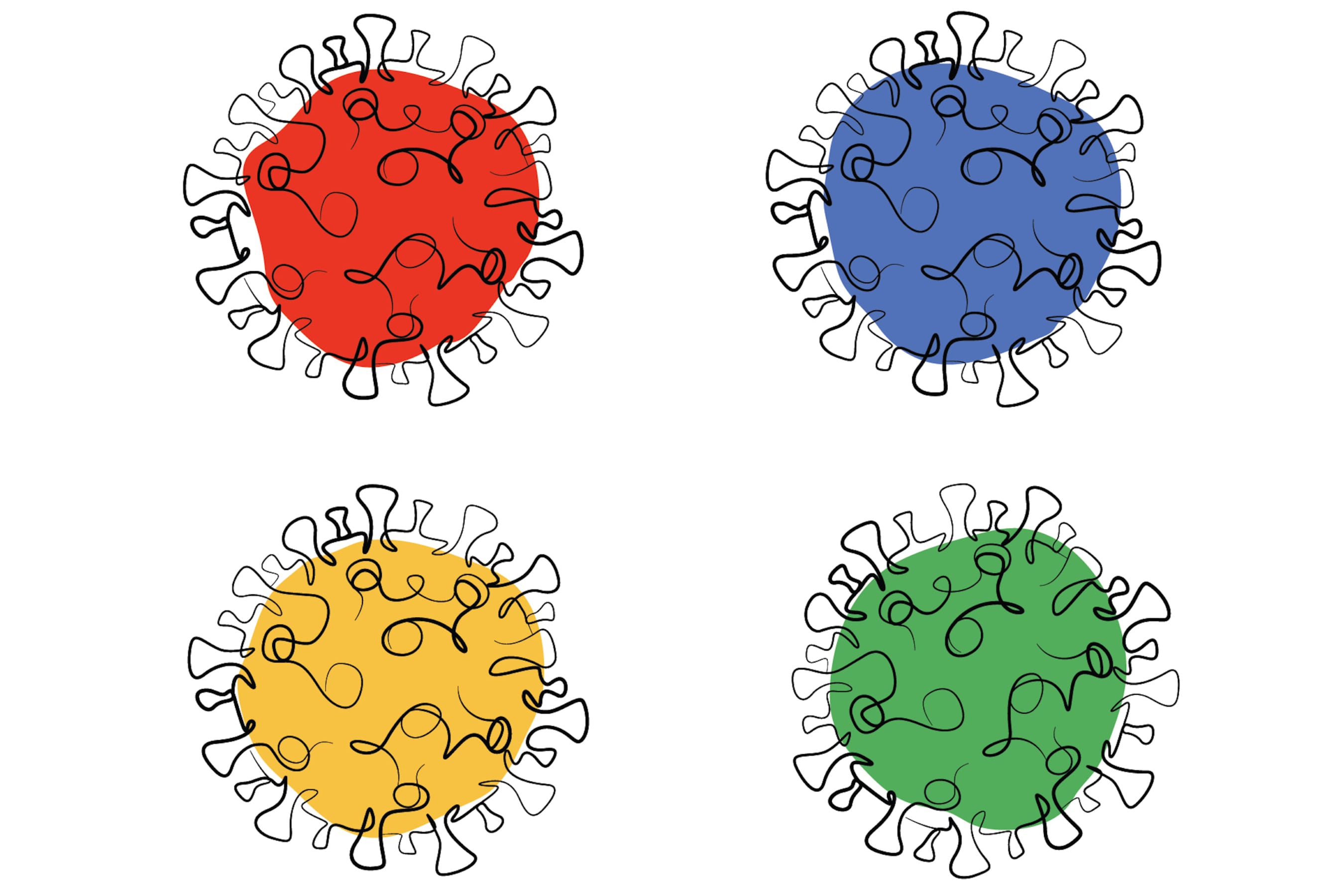The underlying cause of Long COVID is still a puzzle to researchers. But Akiko Iwasaki, PhD, Sterling Professor of Immunobiology and Molecular, Cellular, and Developmental Biology at Yale School of Medicine (YSM) and co-lead investigator of the Yale RECOVERY and Yale LISTEN studies, has theories.
Iwasaki explains that Long COVID is an “umbrella term” and likely has “multiple mechanisms that are not mutually exclusive” and may even coexist. She provided explanations for four predominant hypotheses being explored that may explain the condition.

1. Viral persistence: Growing research suggests that viral antigens and viral RNA, various proteins or genetic material, remain present and active in the body’s tissues following acute infection. A Harvard study, for example, found that the COVID-19 spike protein—a protein vital in allowing the SARS-CoV-2 virus to infect cells—continues to circulate in some Long COVID patients’ blood up to a year after infection. This protein can also be found in the blood of individuals who had COVID-19 but did not experience lingering symptoms.
Researchers in Iwasaki’s lab at YSM report that components of the SARS-CoV-2 virus, which causes COVID-19, may persist in the body, long after the initial infection is resolved. This persistence, explains Iwasaki, is thought to be due to a “poor response to the initial viral SARS-CoV-2 infection”—either a delay in recognizing the virus or in alerting the body’s immune system of its presence, both leading to a late response.
2. Latent viral reactivation: There may be a connection between COVID-19 and some of the viral infections that many people have in childhood, specifically herpesviruses (a family of viruses including chickenpox) and/or Epstein-Barr virus (EBV, a virus that can cause mononucleosis and other illnesses). Some evidence suggests that COVID may reactivate these viruses, which generally lie dormant after the acute infection. The theory is that COVID-19 can cause immune system dysfunction, which then creates an opportunity for the previously dormant virus to re-emerge. Indeed, evidence of Epstein-Barr reactivation has been found in those with Long COVID.
3. Autoimmunity: Infection with the SARS-CoV-2 virus may trigger autoimmune disease. Elevated levels of autoantibodies, which are believed to play a role in other autoimmune conditions, such as lupus (SLE), rheumatoid arthritis, or Sjögren’s syndrome, have been noted in some patients with Long COVID. Normally, antibodies respond to foreign invaders, such as bacteria and viruses. Autoantibodies instead can attack the body’s own cells, leading to inflammation and tissue injury.
In some patients with Long COVID, antinuclear autoantibodies (ANAs) have been identified up to 12 months after acute infection. These ANAs can target components of cell nuclei-promoting inflammation and damage organ systems. For example, in the inner lining of blood vessels known as the endothelium, these autoantibodies may promote a hyper-inflammatory state or changes to blood cells that might stimulate inappropriate clotting.
4. Inflammation: Inflammation, or recruiting white blood cells and the release of cytokines that initiate tissue swelling and injury, may also underlie some types of Long COVID. Mouse models suggest that the acute phase of infection alters tissue function and triggers chronic inflammatory states in cells, specifically long-lived cells in the brain. It is also possible that the three theories outlined above—viral persistence, latent viral reactivation, and autoimmunity—all contribute to the sustained inflammation seen in Long COVID.
Other risk factors for Long COVID
It is clear that some groups of people are more vulnerable to developing Long COVID than others, and that may provide important insight into this post-acute infection syndrome’s underlying biology. Women, particularly those in their reproductive years, are more likely to develop Long COVID. Those with type 2 diabetes also seem to have an increased risk for Long COVID. A severe case of COVID-19 is more likely to trigger Long COVID than a milder illness—though it can be present after both forms. And perhaps because of that, people who were unvaccinated at the time of their infection were at higher risk of Long COVID symptoms than those who got the shots, according to research.
As the number of Long COVID cases increases, Iwasaki emphasized how important it is to listen to patients’ accounts of their own experiences. She says that social media and her own personal interactions have brought insight that has led to thinking more about potential treatments, while also demonstrating how harmful disbelief from healthcare providers can be for people with Long COVID.
Elena M. Wilson is an MD/PhD candidate at Yale School of Medicine.
